As cybercrime accelerates, financial institutions face mounting pressure to identify and remediate software vulnerabilities quickly. The National Vulnerability Database (NVD) and the Common Vulnerabilities and Exposures (CVE) system are foundational to this process, providing standardized identifiers and enriched metadata for vulnerabilities. However, as of early 2025, NIST reported a 32% increase in CVE submissions and ongoing backlog growth; the community anticipates backlog clearance later in 2025 with the help of contracted support and automation1,2,3,4.
NETBankAudit experts have over 25 years of experience in vulnerability management audits and compliance. If you have any questions after reading this guide, please reach out to our team.
Understanding CVE: The Universal Language of Vulnerabilities
CVE: A Standardized Identifier for Security Flaws
The Common Vulnerabilities and Exposures (CVE) program, launched in 1999 by MITRE under the sponsorship of the U.S. Department of Homeland Security’s Cybersecurity and Infrastructure Security Agency (CISA), provides a standardized identifier for publicly known cybersecurity vulnerabilities.2 Each CVE entry includes a unique ID, a brief description, and at least one public reference.2 This system enables security teams, vendors, and automated tools to speak a common language when discussing vulnerabilities, facilitating rapid communication and coordinated response across the globe.2
Global Reach and Rapid Growth
By late 2024, over 240,000 CVE IDs had been assigned, reflecting the explosive growth in discovered software flaws.2 The CVE program is now globally federated, with more than 400 CVE Numbering Authorities (CNAs) in about 40 countries.2 These CNAs propose or assign new CVE entries for the products and software they monitor, ensuring broad and timely coverage of vulnerabilities across the technology landscape.2
The National Vulnerability Database: Enriching CVE Data for Actionable Intelligence
NVD’s Role in Vulnerability Management
The National Vulnerability Database (NVD), maintained by the National Institute of Standards and Technology (NIST), is the U.S. government’s repository of standards-based vulnerability management data.3 While the CVE system provides the unique identifier and basic description, the NVD enriches this information with critical metadata, including:
- Security Content Automation Protocol (SCAP) framework data
- Common Vulnerability Scoring System (CVSS) metrics for severity assessment
- Product names via the Common Platform Enumeration (CPE) dictionary
- Security checklist references and other impact metrics
This enrichment enables automated vulnerability management, compliance reporting, and integration with security tools such as scanners, SIEMs, and patch management systems.3 As of early 2025, the NVD contained over 300,000 vulnerability entries and more than a million CPE product names.3
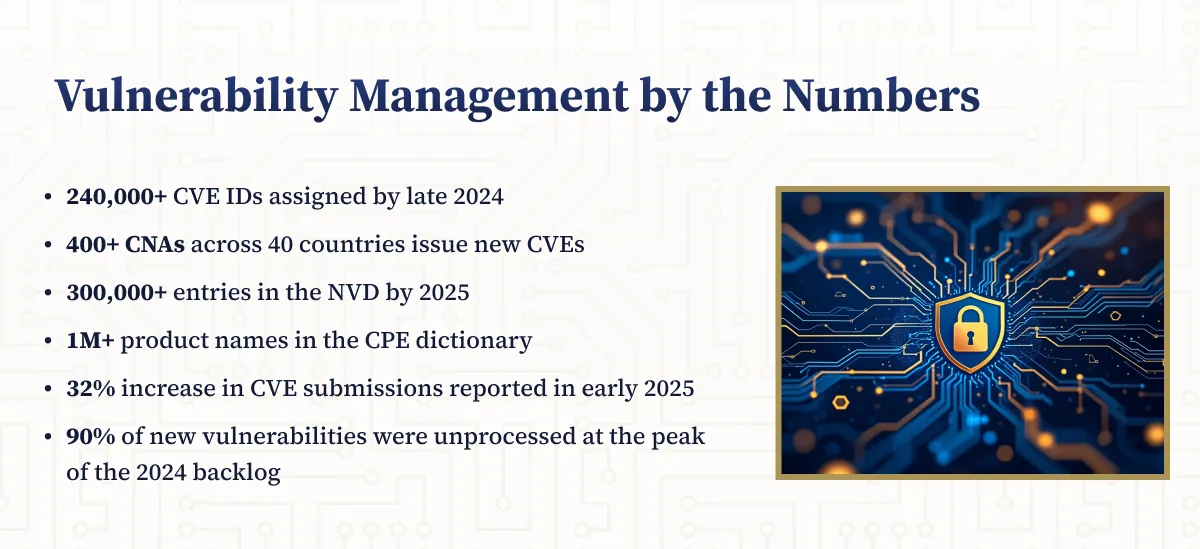
Automated Feeds and Industry Standardization
NVD’s machine-readable feeds are the lifeblood of vulnerability management for financial institutions. These feeds provide up-to-date CVEs, CVSS scores, configuration checks, and more, supporting automated detection and remediation workflows.3 The NVD is widely regarded as the de facto industry standard for vulnerability intelligence, relied upon by security teams worldwide.4
Recent Developments: Backlogs, Funding, and Sector Impact
Backlog Growth and Processing Delays
In February 2024, NIST’s NVD began to fall behind in processing and enriching new CVEs. By May, over 90% of new vulnerabilities and more than half of known exploited vulnerabilities were still awaiting analysis2,3,7. Despite contracting Analygence for support and aiming to clear the backlog by late 2025, the number of submissions continues to outpace processing capacity1,2,3,4,7. At current rates, nearly 30,000 vulnerabilities could remain unanalyzed into early 20254.
The backlog has immediate effects on vulnerability management. Security teams relying on NVD data for enriched, actionable intelligence face delays in receiving severity scores, exploitability data, and patch information2,3,4,7. This widens the gap between reported vulnerabilities and actionable intelligence, increasing the risk of missed or delayed remediation2,3,4,7.
Funding and Operational Risks
NIST experienced a 12% budget cut, and CISA paused its $3.7 million annual NVD funding in late 2023. While CISA extended MITRE’s CVE contract through April 2026, long-term sustainability remains uncertain, prompting proposals to move CVE to a nonprofit foundation1,2,3,4,8.
Vulnrichment and Feed Integration
To address the enrichment gap, CISA’s Vulnrichment program now embeds metadata (such as SSVC, CWE, and others) directly in CVE JSON feeds under the ADP container, simplifying access and adoption for security teams as of January 20259,10.
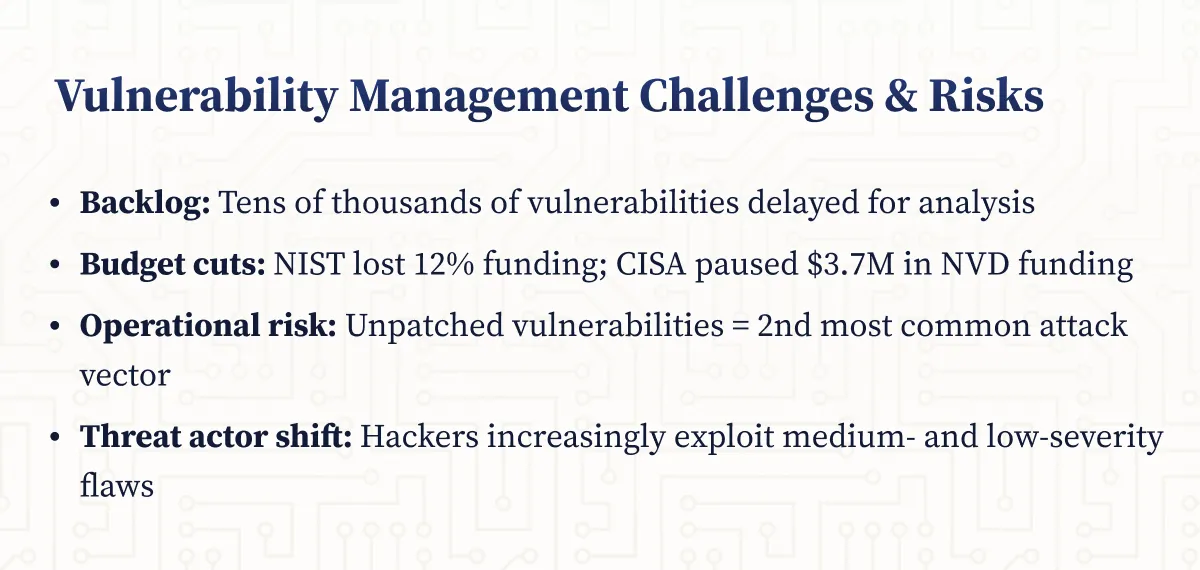
The Consequences for Financial Institutions
Increased Cyber Risk and Operational Blind Spots
For banks and credit unions, the reliability of NVD and CVE data is not just a technical issue, it is a matter of risk management and regulatory compliance. Unpatched vulnerabilities are the second most common vector for cyberattacks, and delays in vulnerability enrichment can leave critical systems exposed.6 The lack of timely metadata makes it harder to assess which products are affected, prioritize remediation, and demonstrate due diligence to regulators.5,6
Attackers are also adapting. Research shows that threat actors increasingly target the most exploitable vulnerabilities, not just those rated as critical. Medium- and low-severity flaws are being leveraged for initial access and lateral movement, making comprehensive, timely enrichment even more vital7.
Growing Reliance on Commercial and Alternative Databases
As public resources falter, many organizations are turning to commercial vulnerability management platforms that supplement or replace NVD data with proprietary threat intelligence.6 While these tools can help fill the gap, they are often expensive and may not be accessible to smaller institutions.6 This shift risks creating a divide between organizations that can afford premium security tools and those that cannot, increasing systemic risk across the financial sector.6
%201%20(1).svg)
%201.svg)
THE GOLD STANDARD INCybersecurity and Regulatory Compliance
Industry and Government Response
Collaborative Backlog Clearing
NIST and CISA are collaborating to clear the backlog, with Analygence contracted for additional analysis and CISA providing vulnerability enrichment. NIST is also piloting AI and machine learning to automate enrichment and triage, but scaling these solutions remains a challenge1,2,3,4,7.
CISA’s Vulnrichment Program and Distributed Enrichment
In response to the NVD backlog, CISA launched the “Vulnrichment” program to help address the analysis gap and promote a more distributed approach to vulnerability enrichment.6 This initiative allows multiple authorized partners to publish enriched data, reducing dependency on a single government provider and increasing the resilience of the ecosystem.6
Commercial and Open-Source Alternatives
As delays persist, industry analysts recommend using multi-source intelligence feeds and internal triage processes. Commercial platforms and open-source projects like VulnCheck NVD++ and Google’s OSV are gaining traction, but coverage and enrichment may vary4,7,11.
Best Practices for Financial Institutions
Given the current challenges, financial institutions should take proactive measures to ensure robust vulnerability management:
- Monitor NVD backlog reports: NIST aims to clear the backlog by late 2025. Use multi-source intelligence and automate prioritization with SSVC-enabled feeds1,2,3,4,7,9.
- Prioritize visibility across all IT environments to detect and respond to threats from any source7.
- Focus on exploitability, not just severity, when triaging vulnerabilities7.
- Share the security burden across departments, not just IT7.
- Leverage available resources, including CISA Vulnrichment, CVE Program, and commercial/open-source databases7,9,11.
With reliance now stretching across public, commercial, and open-source feeds, building flexible workflows that accommodate diverse data sources will be essential. The NVD and CVE remain foundational, but resilience requires adaptability, automation, and a multi-source approach to vulnerability intelligence2,3,4,7,9,11.
Partner with NETBankAudit for Expert Vulnerability Management
Navigating the complexities of vulnerability management in today’s environment requires deep expertise and a proactive approach. NETBankAudit offers specialized IT audit and cybersecurity services tailored to the needs of financial institutions. Our team leverages decades of experience, industry-leading methodologies, and up-to-date knowledge of NVD, CVE, and emerging alternatives to help you:
- Assess and strengthen your vulnerability management program
- Integrate multiple intelligence sources for comprehensive coverage
- Ensure compliance with regulatory requirements and industry standards
- Respond rapidly to new threats and evolving risks
Don’t let gaps in public vulnerability databases put your institution at risk. Contact NETBankAudit today to learn how our services can help you build a resilient, future-ready cybersecurity program.
References
- Kapko, M. (2024, May 31). NIST has a plan to clear the vulnerability analysis backlog. Cybersecurity Dive.
- Bonderud, D. (2024, September 24). NVD backlog update: Attackers change tactics as analysis slows. IBM Security.
- DiMolfetta, D. (2024, July 26). NIST may not resolve vulnerability database backlog until early 2025, analysis shows. Nextgov/FCW.
- Naraine, R. (2025, March 24). NIST Still Struggling to Clear Vulnerability Submissions Backlog in NVD. SecurityWeek.
- The MITRE Corporation. (2024, October 22). CVE Program Celebrates 25 Years of Impact in Cybersecurity.
- National Institute of Standards and Technology. (n.d.). National Vulnerability Database. https://www.nist.gov/itl/nvd
- Flashpoint. (2024). Vulnerability research and analysis. [Referenced in multiple news articles above]
- WIRED, The Verge, LinkedIn. (2025). CVE contract crisis and nonprofit foundation proposals. [Referenced in news coverage]
- CISA. (2025). Vulnrichment program and CVE JSON feed integration. The Cyber Express, Help Net Security.
- IBM. (2024). Sector guidance and multi-source intelligence recommendations.
- VulnCheck, Google OSV, VulnCheck NVD++. (2025). Open-source and commercial alternatives for vulnerability intelligence.
.avif)

.svg)
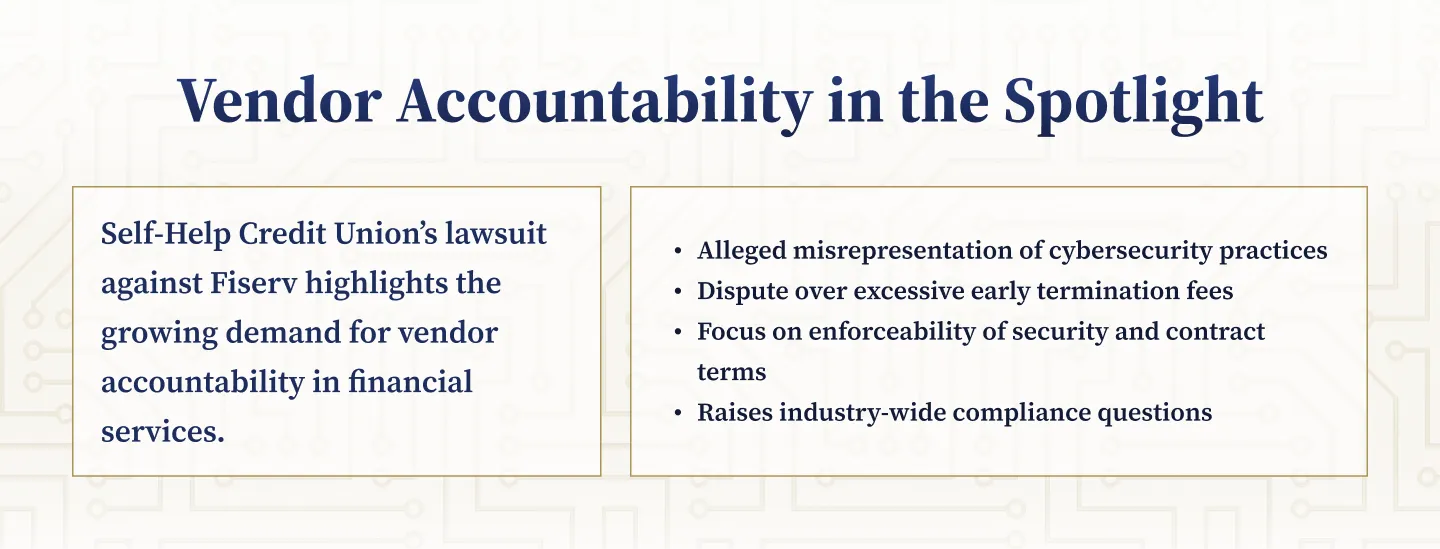
.webp)

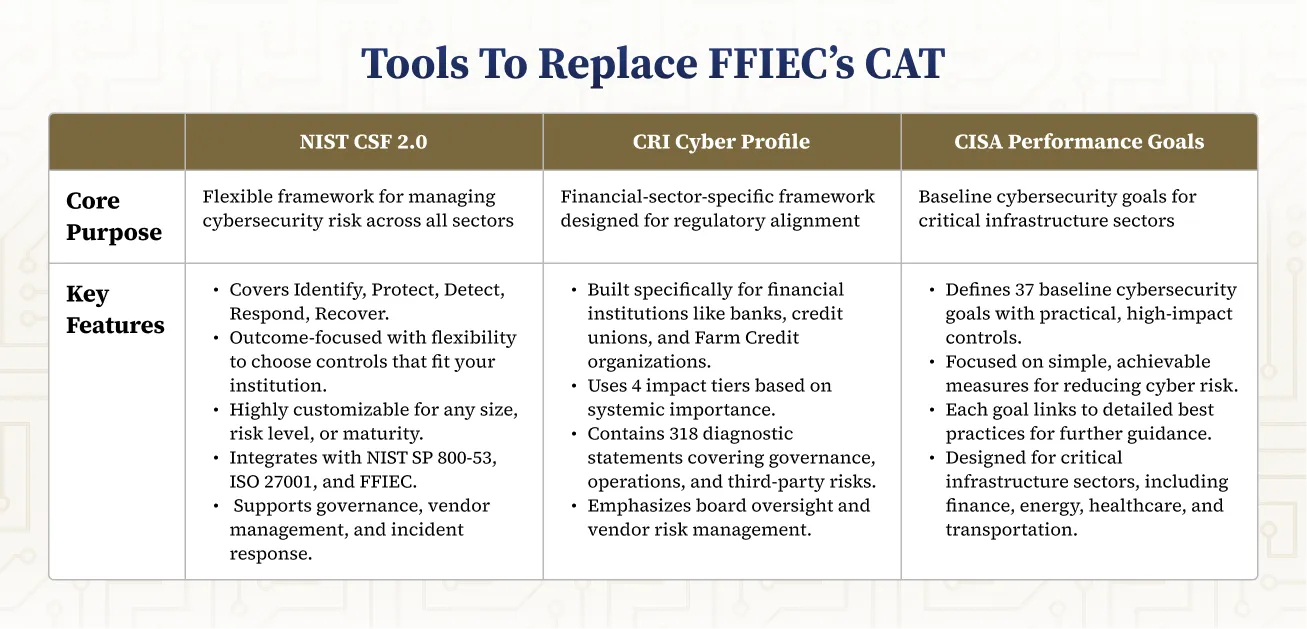

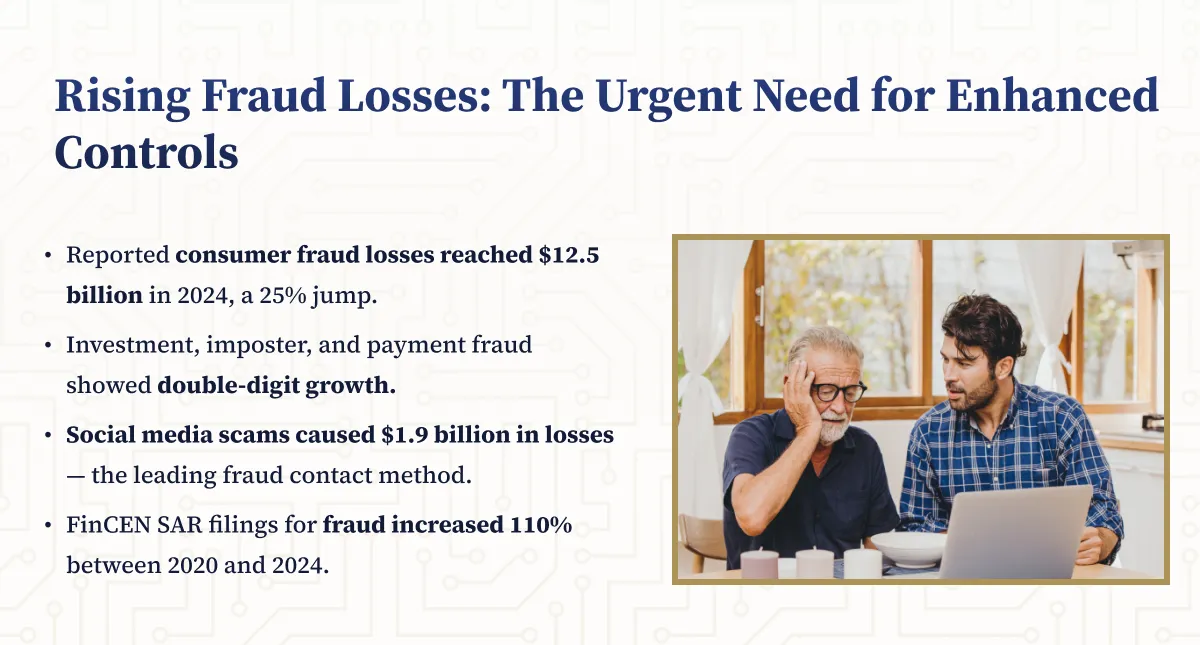
.webp)
.png)
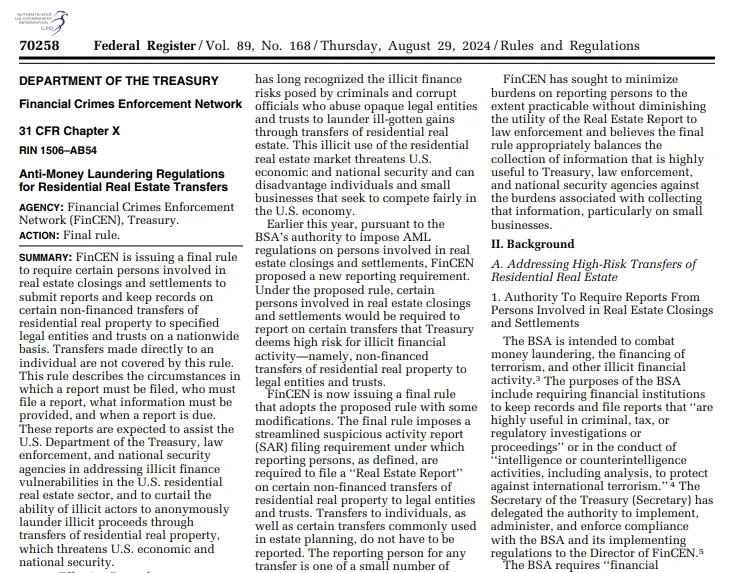
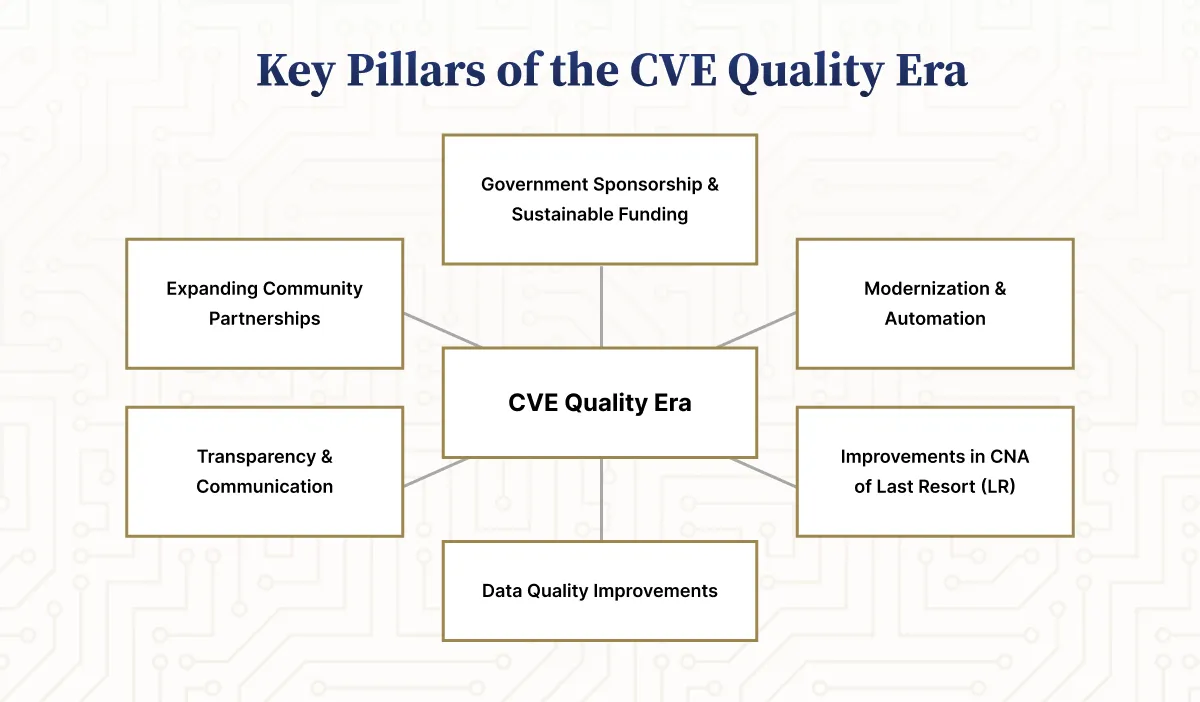
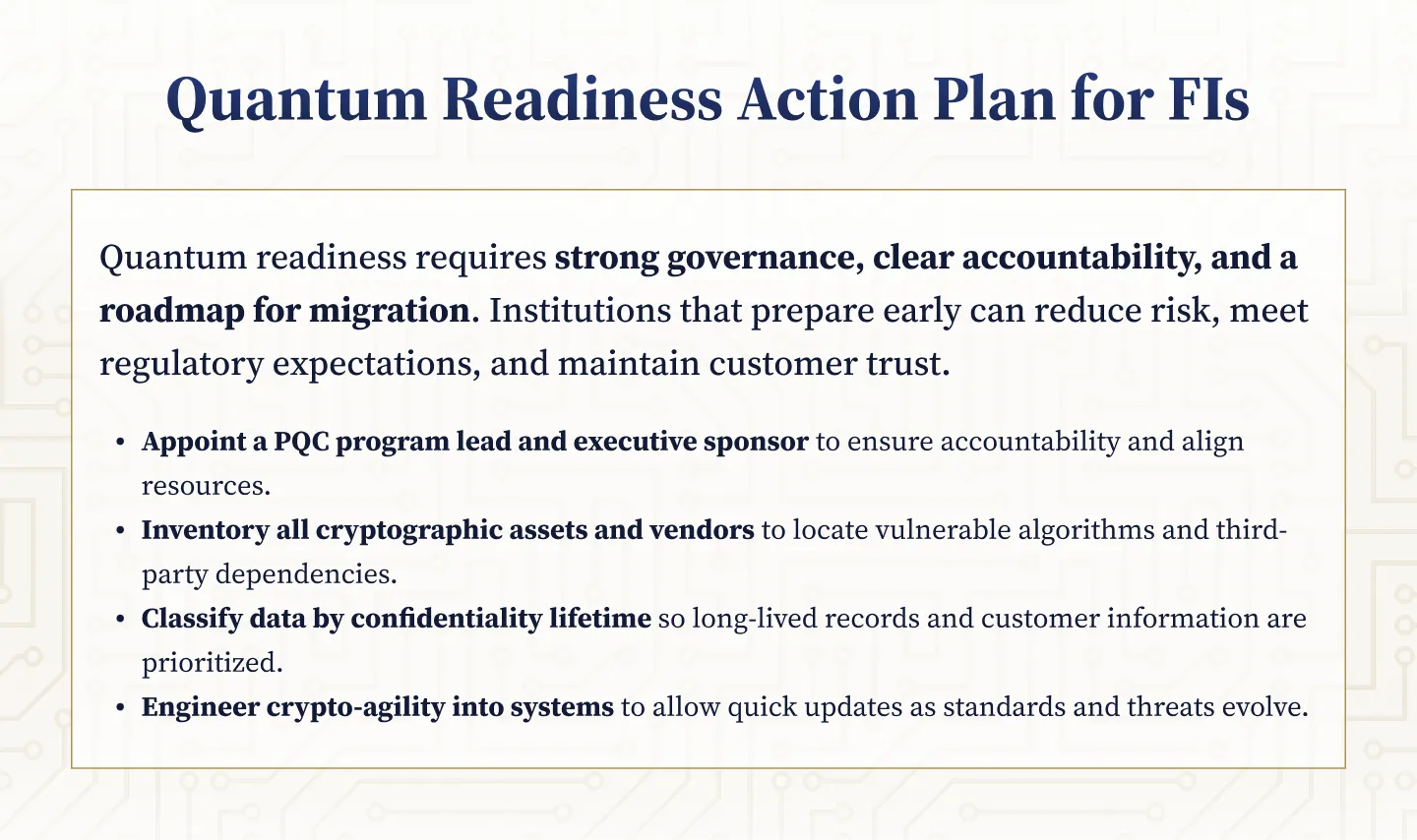
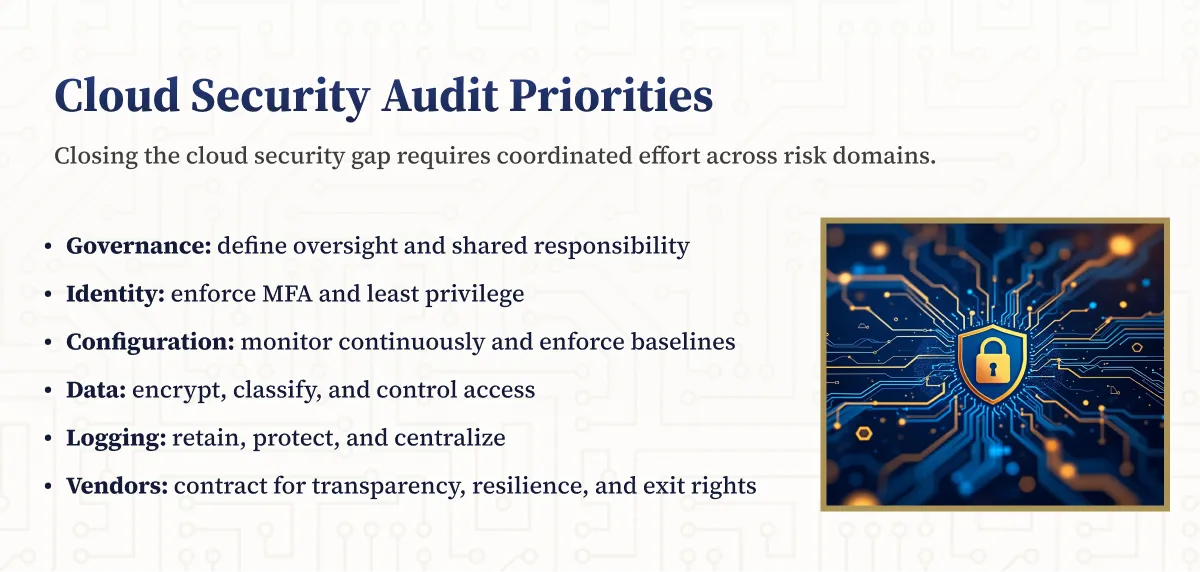
.webp)

.webp)











.webp)



.webp)

%201.webp)
.webp)
%20(3).webp)


.webp)


%20Works.webp)

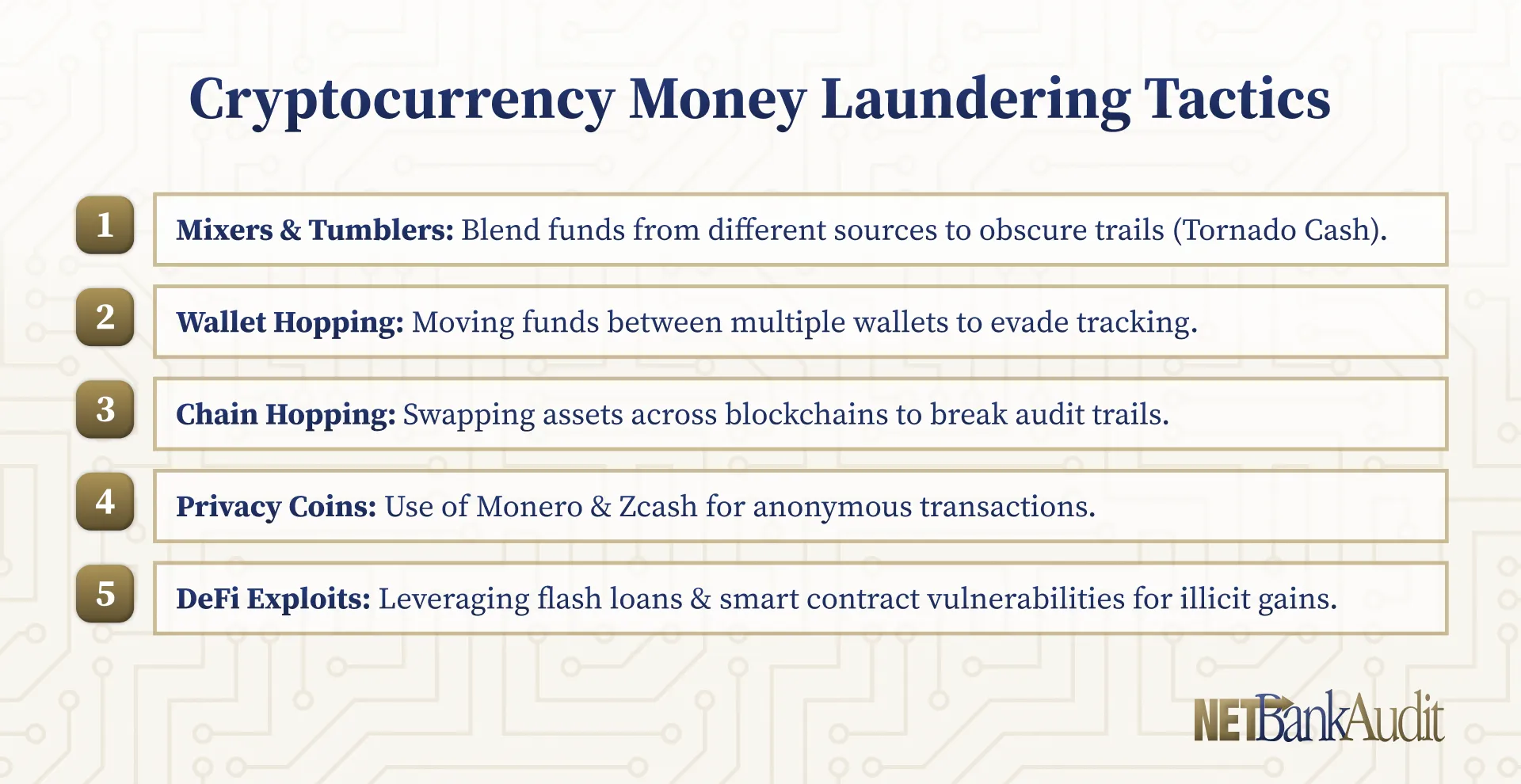
.webp)




.webp)
%20(1).webp)

.webp)










.webp)
.webp)

.webp)
.webp)
.webp)
.webp)
.webp)
.webp)
%201.svg)